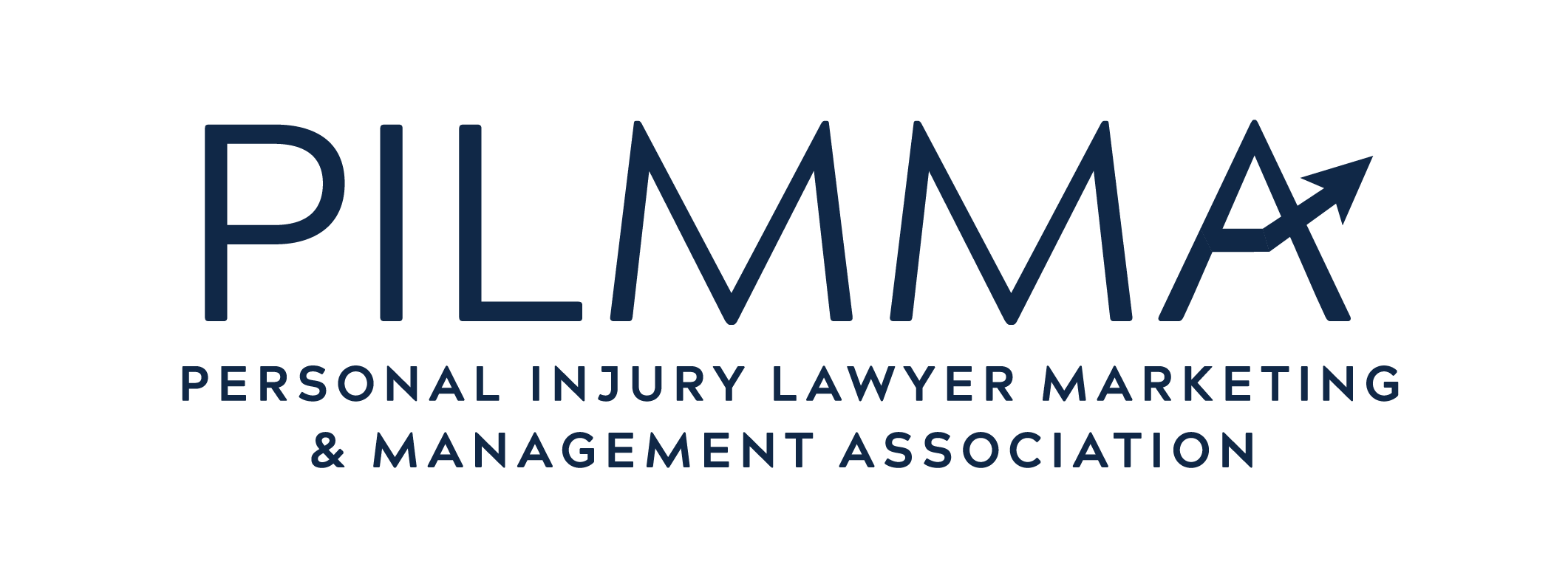The tech world is throwing a multi-billion dollar wrench in the ad industry, and for law firms who employ targeted online advertising, now’s the time to act. By 2024, Google and other major tech companies will phase out third-party “cookies,” the bits of data marketers use to capture the interests, preferences, and behavior of website visitors. Cookies have long driven effective online advertising for personal injury attorneys, and while they are useful for ad targeting, concerns around privacy are fueling the change to a cookie-free future.
If the looming Cookie Apocalypse were to happen tonight, your once-useful ad campaign would be flying blindly. Imagine your firm’s personal injury legal services being advertised to a 15-year-old videogamer in Nebraska who’s never been in an accident. Or picture your Worker’s Comp. ads going ignored by the happiest of workers in your community. For this reason, it’s important to get ahead of the curve and begin testing cookieless targeting methods as early and often as possible.
Start Today
Businesses have ample time to test and adjust their cookieless advertising efforts. Testing now—before being forced to make the switch—allows for fine-tuning your approach and offers several benefits, not the least of which is alleviating the stress that comes with being reactive rather than proactive. The ability to test new methods while continuing your tried-and-true practices of using third-party cookie targeting will allow you to continue running effective advertising campaigns for your law firm with minimal impact against your bottom line and monthly PI case volume.
Testing will also keep you well informed as new technologies are developed, enabling you to implement those best suited to your needs as they come to market. In addition to your own efforts, establishing partnerships with publishers and networks who are proactively addressing cookie deprecation will ensure that you’re running the best ad campaign possible once the cookie switch is flipped. The last thing you want is to be caught flat-footed, struggling to make heads or tails of the new digital advertising landscape. In this case, your campaigns will fall short of delivering your monthly call and case volume, while your cost per case will skyrocket.
When beginning your testing, ensure that you can track its effectiveness. Don’t solely base your evaluations on CTR (click-through rate) and CPC (cost per click) but also consider your Google Analytics (including conversions goals), your CRM, and any other tracking systems, including your in-take process and legal case management reports.
Cookieless Targeting Methods to Test
As we prepare for cookieless targeting, there are a few methods you can test to see what works best for your business. One method is to use first-party data. Perhaps the most basic of cookieless data, first-party data is made available when a user opts-in to provide data to a website. Examples include form submissions, chats, website search queries, forum posts, ad interactions, and comments.
Another method to test uses contextual data. Contextual targeting focuses on the content of a webpage to deliver ads in real time. After being injured in an accident, drivers and passengers seek out information and solutions. It’s the natural process of their customer journey or decision-making journey. If a user is reading an article on what to do after an accident, they are likely a good audience for your personal injury firm’s advertisements alongside the article.
A third method utilizes cohort data. Unlike with third-party cookies, cohorts (i.e., anonymized groups of people) are not tracked on an individual level. Rather, groups of individuals who share interests, online activities, online behaviors, and other data points can be targeted at once.
Another method of cookieless targeting is using identity graphs, which combine first-party and second-party data across all devices for specific customers. For example, you could have a potential client in your case management system, CRM, and email database, following your social media accounts, and interacting with you on other platforms. An identity graph resolves all this data into one profile to allow impactful targeting without cookies.
Setting Expectations
Once the switch to cookieless targeting does occur, be prepared to reset your personal injury ad measurement practices. The baselines you’ve established while using third-party cookies for ad targeting will become obsolete, requiring you to pivot and establish new baselines and measurement systems.
Initial cookieless targeting tests by Roux Advertising with its digital partners showed that ramp-up times are—as expected—longer than standard campaigns. However, after adjusting and doing subsequent testing, cookieless display targeting is performing well with CPAs (cost per acquisition) below prediction. The new CPC, CPA, CTR, and cost per case stats are notably better than during our first cookieless targeting test quite some time ago.
At Roux Advertising, we recommend continuing cookieless targeting tests for your law firm’s marketing effort leading up to the transition. These test results will offer more accurate predictions, head-to-head comparisons with other vendors, and evaluation of the effects of major spending by your competitor law firms. Simply put, these tests will put you ahead of the curve and keep your personal injury marketing in front of the right audience at the right time.

